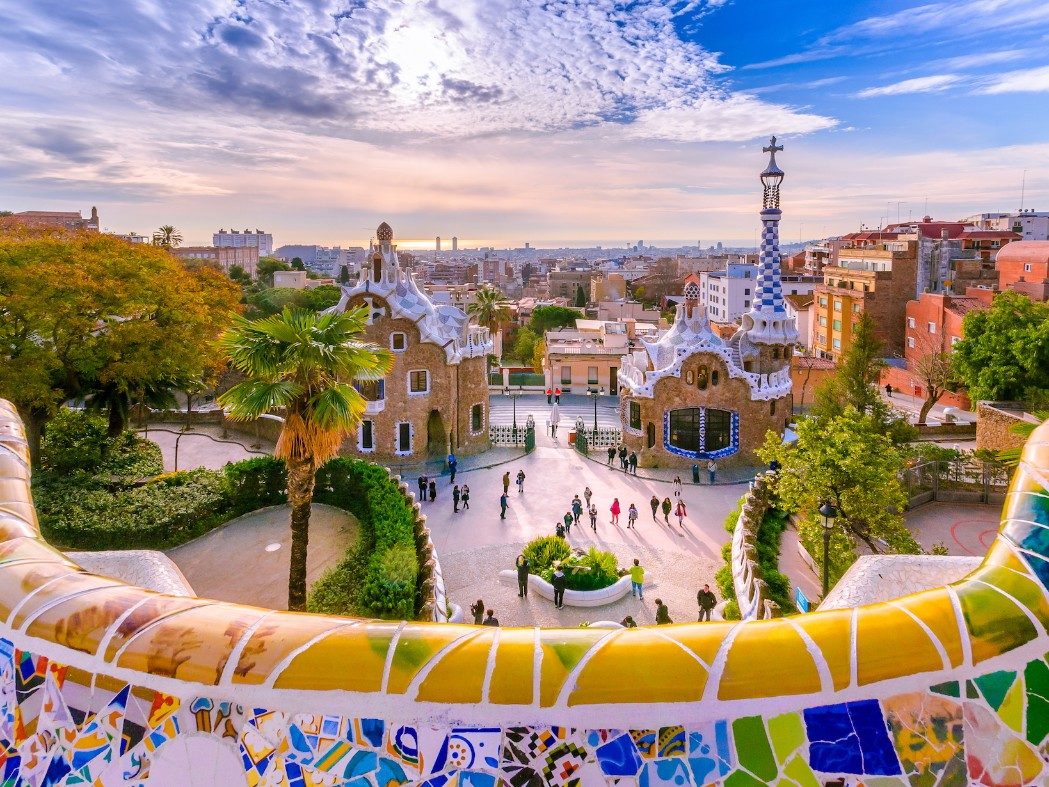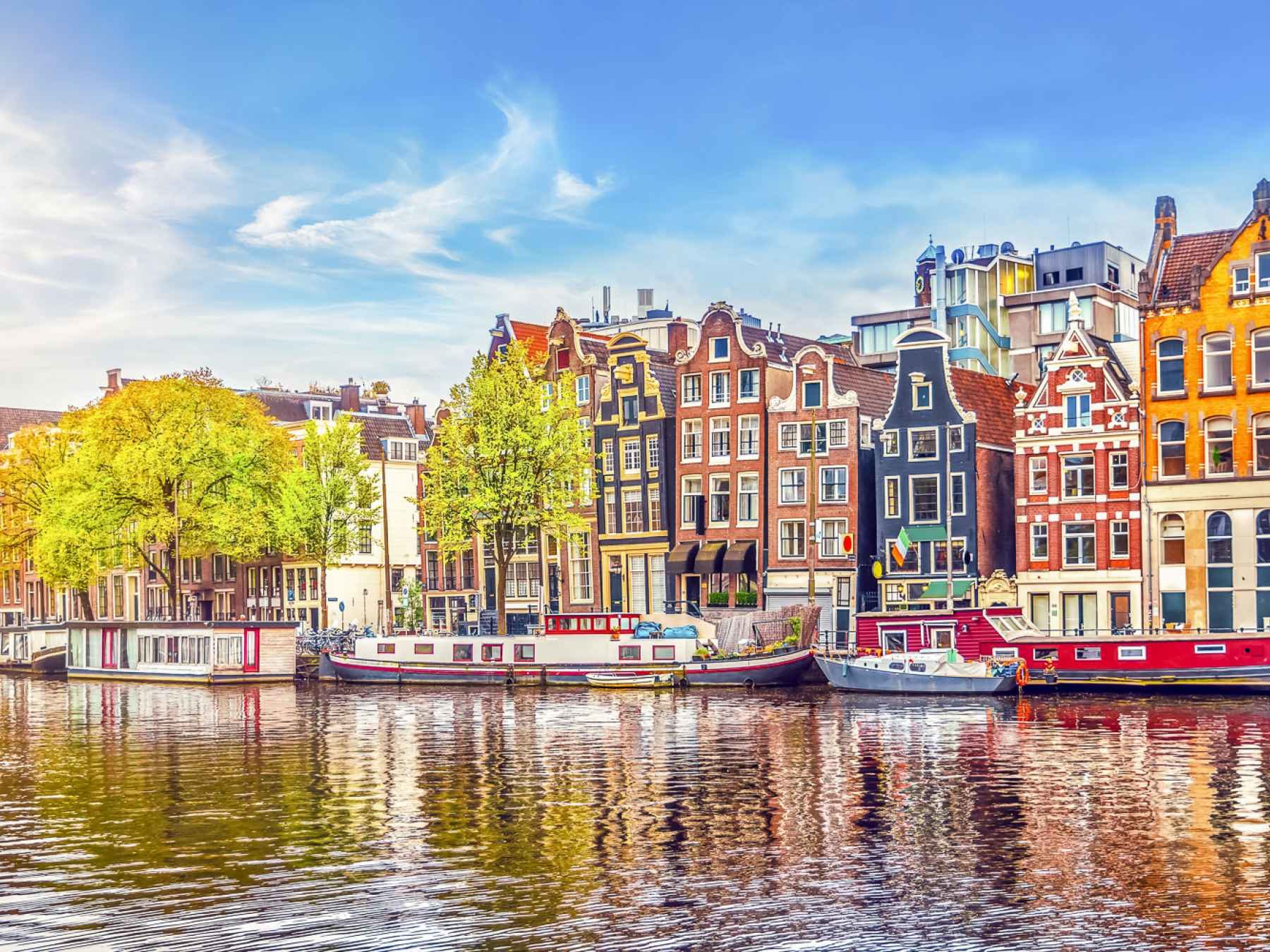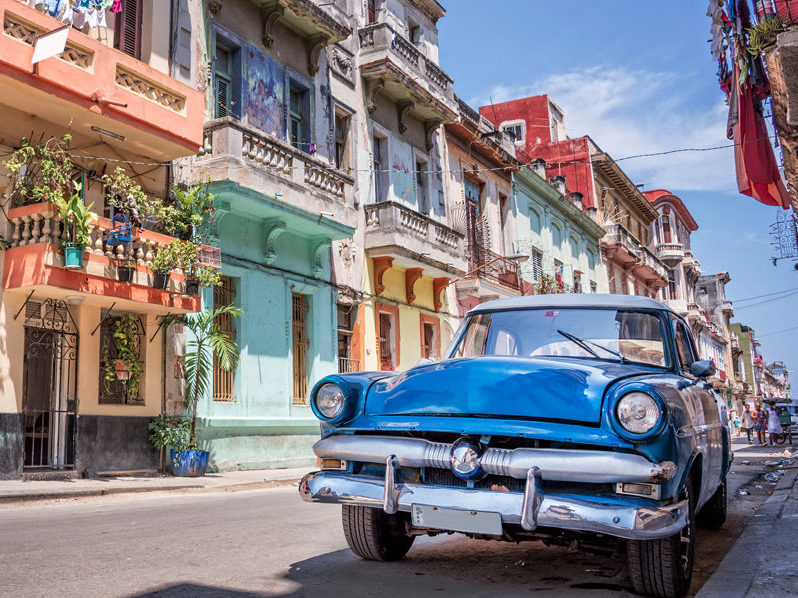Kenya
Kenya is a country in Eastern Africa. At 580,367 square kilometres (224,081 sq mi), Kenya is the world’s 48th largest country by area. With a population of more than 47.6 million in the 2019 census, Kenya is the 29th most populous country. Kenya’s capital and largest city is Nairobi, while its oldest city and first capital is the coastal city of Mombasa. Kisumu City is the third-largest city and also an inland port on Lake Victoria. Other important urban centres include Nakuru and Eldoret. As of 2020, Kenya is the third-largest economy in sub-Saharan Africa after Nigeria and South Africa. Kenya is bordered by South Sudan to the northwest, Ethiopia to the north, Somalia to the east, Uganda to the west, Tanzania to the south, and the Indian Ocean to the southeast. Its geography, climate and population vary widely, ranging from cold snow-capped mountaintops (Batian, Nelion and Point Lenana on Mount Kenya) with vast surrounding forests, wildlife and fertile agricultural regions to temperate climates in western and rift valley counties and dry less fertile arid and semi-arid areas and absolute deserts (Chalbi Desert and Nyiri Desert).
History
Fossils found in Kenya have shown that primates inhabited the area for more than 20 million years. Recent findings near Lake Turkana indicate that hominids such as Homo habilis (1.8 to 2.5 million years ago) and Homo erectus (1.9 million to 350,000 years ago) are possible direct ancestors of modern Homo sapiens, and lived in Kenya in the Pleistocene epoch.
During excavations at Lake Turkana in 1984, paleoanthropologist Richard Leakey, assisted by Kamoya Kimeu, discovered the Turkana Boy, a 1.6-million-year-old Homo erectus fossil. Previous research on early hominids is particularly identified with Mary Leakey and Louis Leakey, who were responsible for the preliminary archaeological research at Olorgesailie and Hyrax Hill. Later work at the former site was undertaken by Glynn Isaac.
East Africa, including Kenya, is one of the earliest regions where modern humans (Homo sapiens) are believed to have lived. Evidence was found in 2018, dating to about 320,000 years ago, at the Kenyan site of Olorgesailie, of the early emergence of modern behaviours, including long-distance trade networks (involving goods such as obsidian), the use of pigments, and the possible making of projectile points. The authors of three 2018 studies on the site observed that the evidence of these behaviours is approximately contemporary to the earliest known Homo sapiens fossil remains (such as at Jebel Irhoud in Morocco and Florisbad in South Africa), and they suggest that complex and modern behaviours had already begun in Africa around the time of the emergence of Homo sapiens.
Climate
Kenya’s climate varies from tropical along the coast to temperate inland to arid in the north and northeast parts of the country. The area receives a great deal of sunshine every month. It is usually cool at night and early in the morning inland at higher elevations.
The “long rains” season occurs from March/April to May/June. The “short rains” season occurs from October to November/December. The rainfall is sometimes heavy and often falls in the afternoons and evenings. Climate change is altering the natural pattern of the rainfall period, causing an extension of the short rains, which has begat floods, and reducing the drought cycle from every ten years to annual events, producing strong droughts such as the 2008-09 Kenya Drought.
The temperature remains high throughout these months of tropical rain. The hottest period is February and March, leading into the season of the long rains, and the coldest is in July, until mid-August.
Climate change in Kenya is increasingly impacting the lives of Kenya’s citizens and the environment. Climate change has led to more frequent extreme weather events like droughts which last longer than usual, irregular and unpredictable rainfall, flooding and increasing temperatures. The effects of these climatic changes have made already existing challenges with water security, food security and economic growth even more difficult. Harvests and agricultural production which account for about 33% of total Gross Domestic Product (GDP) are also at risk. The increased temperatures, rainfall variability in arid and semi-arid areas, and strong winds associated with tropical cyclones have combined to create favorable conditions for the breeding and migration of pests. An increase in temperature of up to 2.5°C by 2050 is predicted to increase the frequency of extreme events such as floods and droughts.
Hot and dry conditions in Arid and Semi-Arid Lands (ASALs) make droughts or flooding brought on by extreme weather changes even more dangerous. Coastal communities are already experiencing sea level rise and associated challenges such as saltwater intrusion. All these factors impact at-risk populations like marginalized communities, women and the youth.
Tourism
Tourism in Kenya is the second-largest source of foreign exchange revenue following agriculture. The Kenya Tourism Board is responsible for maintaining information pertaining to tourism in Kenya. The main tourist attractions are photo safaris through the 60 national parks and game reserves. Other attractions include the wildebeest migration at the Masaai Mara, which is considered to be the 7th wonder of the world; historical mosques, and colonial-era forts at Mombasa, Malindi, and Lamu; renowned scenery such as the white-capped Mount Kenya and the Great Rift Valley; tea plantations at Kericho; coffee plantations at Thika; a splendid view of Mount Kilimanjaro across the border into Tanzania;[citation needed] and the beaches along the Swahili Coast, in the Indian Ocean. Tourists, the largest number being from Germany and the United Kingdom, are attracted mainly to the coastal beaches and the game reserves, notably, the expansive East and Tsavo West National Park, 20,808 square kilometres (8,034 sq mi) to the southeast.
Transport
The country has an extensive network of paved and unpaved roads. Kenya’s railway system links the nation’s ports and major cities, connecting it with neighbouring Uganda. There are 15 airports which have paved runways.
Languages
Kenya’s various ethnic groups typically speak their mother tongues within their own communities. The two official languages, English and Swahili, are used in varying degrees of fluency for communication with other populations. English is widely spoken in commerce, schooling, and government. Peri-urban and rural dwellers are less multilingual, with many in rural areas speaking only their native languages.
British English is primarily used in Kenya. Additionally, a distinct local dialect, Kenyan English, is used by some communities and individuals in the country, and contains features unique to it that were derived from local Bantu languages such as Kiswahili and Kikuyu. It has been developing since colonisation and also contains certain elements of American English. Sheng is a Kiswahili-based cant spoken in some urban areas. Primarily a mixture of Swahili and English, it is an example of linguistic code-switching.
69 languages are spoken in Kenya. Most belong to two broad language families: Niger-Congo (Bantu branch) and Nilo-Saharan (Nilotic branch), spoken by the country’s Bantu and Nilotic populations respectively. The Cushitic and Arab ethnic minorities speak languages belonging to the separate Afroasiatic family, with the Indian and European residents speaking languages from the Indo-European family.
Cuisine
Kenyans generally have three meals in a day—breakfast (kiamsha kinywa), lunch (chakula cha mchana), and supper (chakula cha jioni or simply chajio). In between, they have the 10-o’clock tea (chai ya saa nne) and 4 p.m. tea (chai ya saa kumi). Breakfast is usually tea or porridge with bread, chapati, mahamri, boiled sweet potatoes, or yams. Githeri is a common lunchtime dish in many households, while Ugali with vegetables, sour milk (mursik), meat, fish, or any other stew is generally eaten by much of the population for lunch or supper. Regional variations and dishes also exist.
In western Kenya, among the Luo, fish is a common dish; among the Kalenjin, who dominate much of the Rift Valley Region, mursik—sour milk—is a common drink.
In cities such as Nairobi, there are fast-food restaurants, including Steers, KFC, and Subway. There are also many fish-and-chips shops.
Cheese is becoming more popular in Kenya, with consumption increasing particularly among the middle class.
Categories: Africa
More Lifehack Videos





